Disclosure: This article contains affiliate links. We may earn a commission from purchases at no extra cost to you, which helps our travel content.
The moment I stepped off the plane in Honiara, the capital of the Solomon Islands, I knew this wasn't going to be your typical tropical getaway. The warm, fragrant air carried whispers of spices from nearby markets, and the genuine smiles of locals immediately told me I'd found somewhere special. After five visits to the South Pacific over the years, I've learned that the real magic of any destination lies beyond the glossy brochures – and Honiara holds secrets that only reveal themselves to those willing to venture off the beaten path.
The Hidden Culinary Treasures of Central Market
While every tourist guide mentions Honiara's Central Market, few tell you how to experience it like a local. Arrive before 7 AM on Tuesdays or Fridays when fishermen bring their overnight catches directly to the seafood section. This is when you'll find sasalau – small, sardine-like fish that locals grill with lime and chili – a breakfast delicacy you won't find later in the day.
The market's western corner hosts a cluster of women selling kulu (breadfruit) prepared seven different ways. My favorite is the twice-fried version with coconut cream – a crispy-on-the-outside, creamy-on-the-inside treat that costs less than $2 USD.
For the best market experience, bring a reusable shopping bag to carry your treasures and a water filter bottle to stay hydrated without creating plastic waste. The locals will appreciate your environmental consciousness, and you'll blend right in with the regulars.
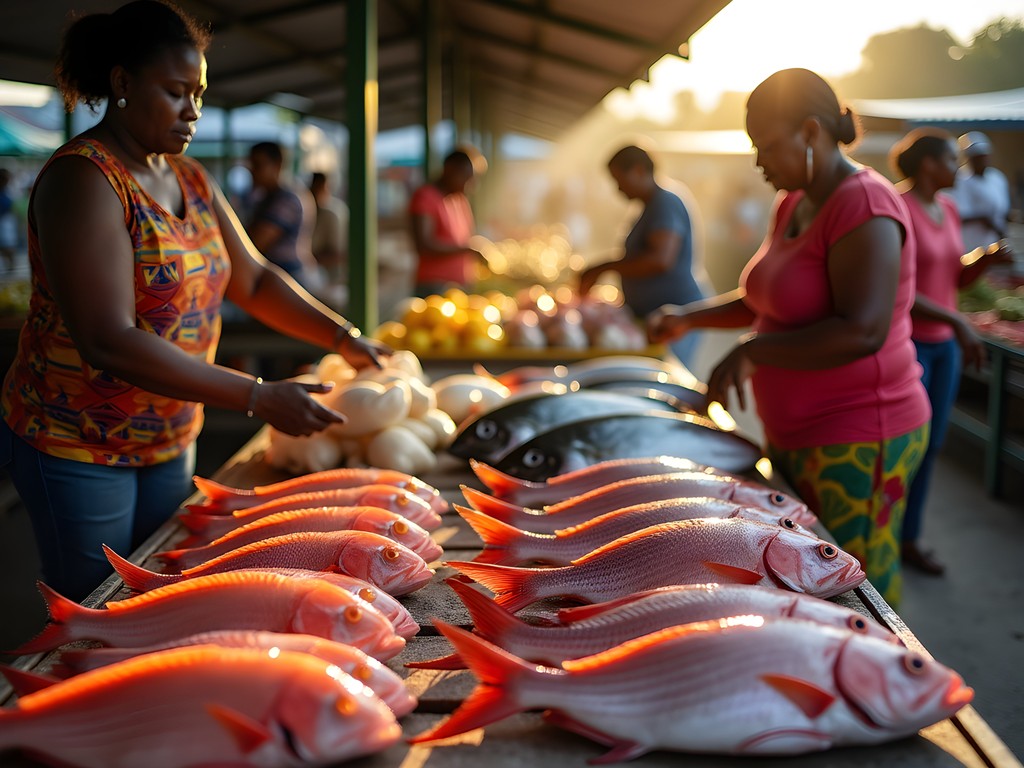
💡 Pro Tips
- Visit the Central Market before 7 AM on Tuesdays or Fridays for the freshest seafood
- Look for the breadfruit vendors in the western corner who offer seven different preparations
- Bring small Solomon Islands dollar notes as vendors rarely have change
Tenaru Falls: The Locals' Weekend Retreat
About an hour's drive east of Honiara lies Tenaru Falls – a cascading natural wonder that surprisingly few tourists ever see. While tour companies charge upwards of $100 for guided visits, I discovered a local secret: on weekends, families from Honiara picnic here, and if you arrive around 10 AM, you can usually find someone willing to guide you up the trail for a fraction of the price.
The 30-minute hike involves crossing the river several times (expect to get your feet wet), so wear appropriate footwear. My water shoes have served me perfectly through three visits to the falls, providing grip on slippery rocks while draining quickly.
What makes Tenaru special isn't just the 30-meter waterfall at the end, but the series of perfect swimming holes along the way. The locals know which ones are deepest for jumping (hint: it's the third pool from the main falls), and they're usually happy to demonstrate their acrobatic dives if you show genuine interest in their weekend tradition.
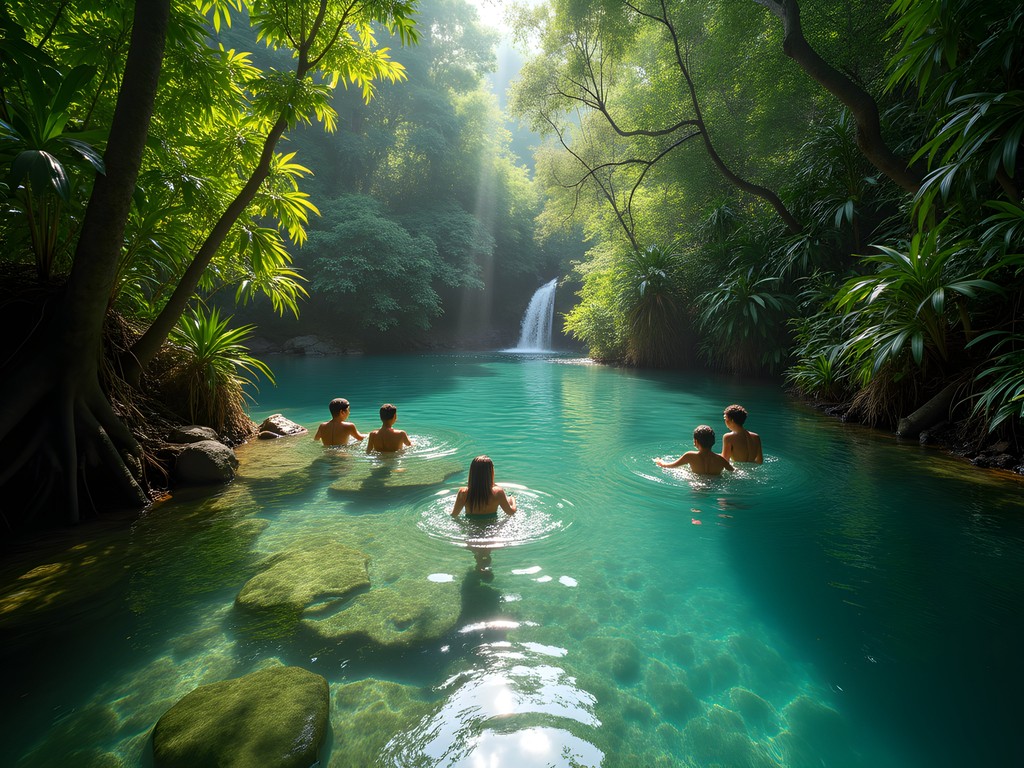
💡 Pro Tips
- Visit on weekends when locals go for picnics to find informal guides
- Bring food to share with your guide – it's considered good manners
- Pack a dry bag for electronics as you'll cross the river multiple times
Bonegi Beach: WWII History Meets Underwater Wonder
While Honiara's war museums tell the official history of the Solomon Islands' role in WWII, the locals know that history lies just offshore at Bonegi Beach. Here, two Japanese transport ships – known locally as Bonegi 1 and Bonegi 2 – rest in shallow water, creating one of the most accessible wreck-diving sites in the Pacific.
What the guidebooks won't tell you is that you don't need diving certification to experience these wrecks. At low tide, parts of Bonegi 2 actually break the surface, and with a decent snorkel set, you can explore extensive sections of both wrecks.
My most memorable experience here came courtesy of David, a local fisherman who offers informal tours of the wrecks for about $15. He pointed out details I would have missed – including the ship's kitchen where you can still see ceramic plates embedded in coral, and a section where Japanese writing remains visible after 80 years underwater.
After snorkeling, don't rush back to Honiara. The small food stands that pop up along Bonegi Beach in the afternoon serve the most authentic Solomon Islands cuisine you'll find – including kokoda (lime-marinated fish) that puts restaurant versions to shame.
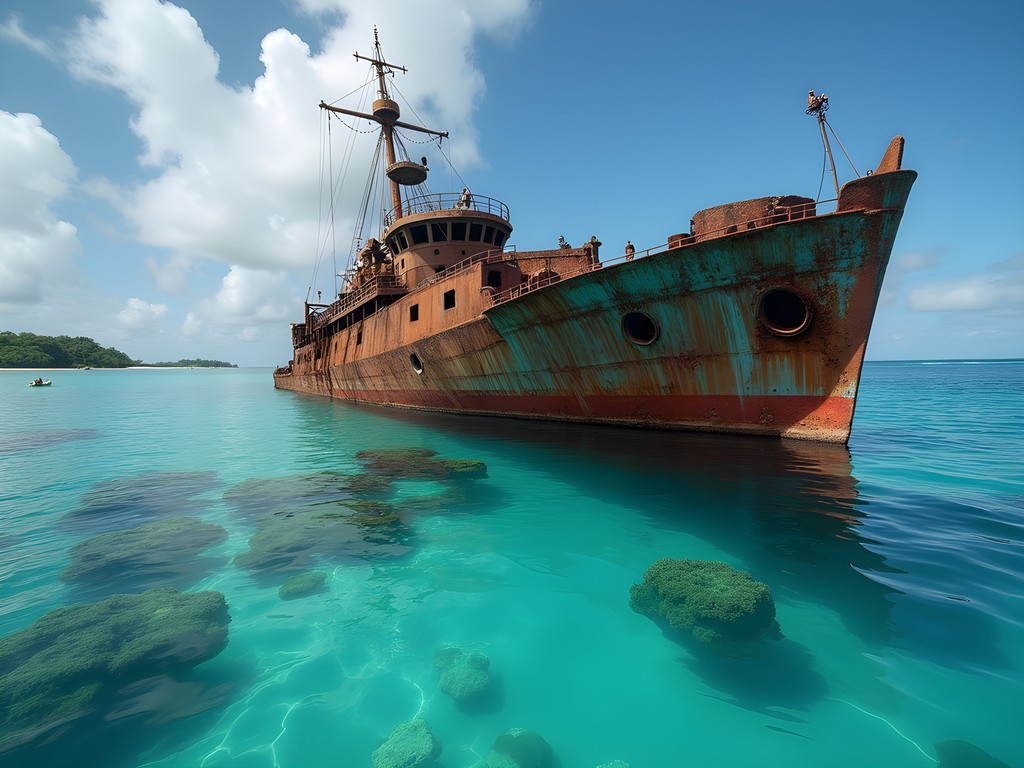
💡 Pro Tips
- Check tide tables and visit at low tide when parts of the wrecks are visible above water
- Bring your own snorkel gear as local rental options are limited
- Ask for David near the beach entrance – he's usually there by 10 AM and offers the best informal wreck tours
Sunset Secrets at Art Gallery Café
When the tropical heat of the day begins to wane, locals know to head to the Art Gallery Café – not for the art (though it's impressive) but for what happens at precisely 5:30 PM. The café's western-facing deck offers an unobstructed view of the sunset over Iron Bottom Sound, named for the dozens of WWII ships resting on its floor.
What makes this spot special is the impromptu music sessions that happen almost every evening. Solomon Islanders are known for their remarkable vocal harmonies, and as the sun dips toward the horizon, café staff often break into traditional songs that will give you goosebumps.
Order the kokoda (raw fish marinated in lime and coconut) and a local SolBrew beer, then settle in as the sky transforms into watercolor hues of orange and pink. I've found my pocket blanket perfect for spreading out on the grass below the deck when the café gets crowded – which it does most evenings.
Don't be surprised if you're invited to join in a song or two. Solomon Islanders love sharing their culture, and your enthusiastic (if imperfect) participation will be met with genuine appreciation and often leads to fascinating conversations about local life.
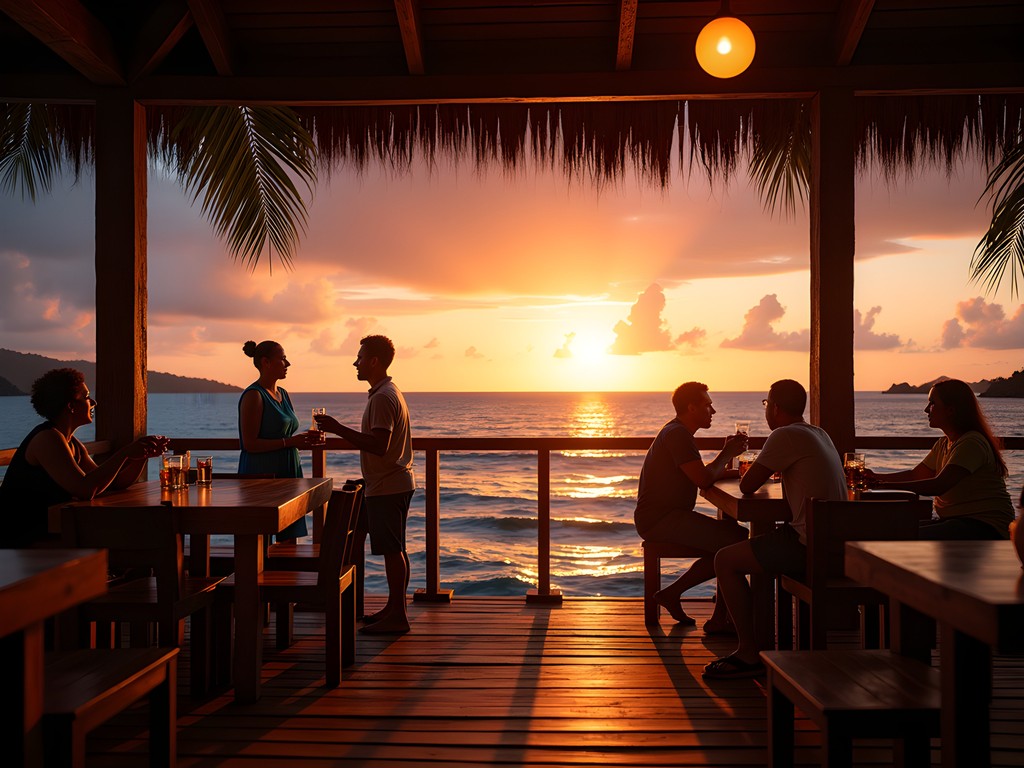
💡 Pro Tips
- Arrive by 5:00 PM to secure a spot on the western deck
- Try the kokoda – it's the café's specialty and pairs perfectly with sunset
- Bring mosquito repellent as the little biters come out at dusk
Connecting with Honiara's Master Carvers
The National Museum showcases exquisite Solomon Islands woodcarvings, but what many visitors don't realize is that many of these master carvers welcome visitors to their home workshops. In the Kukum district east of town, several families have been carving for generations, creating intricate pieces that museums around the world covet.
My friend Margaret at the Central Market introduced me to her cousin Thomas, who carves traditional nguzu nguzu spirit figures. These powerful carvings were historically mounted on war canoe prows for protection. Thomas invited me to his home workshop where three generations of his family work together, using techniques passed down for centuries.
What makes this experience special is the opportunity to see works in progress and learn about the spiritual significance behind each design element. I brought a small sketchbook to record the patterns and symbols Thomas explained, creating a meaningful souvenir of cultural knowledge rarely shared with tourists.
If you're interested in purchasing carvings, buying directly from family workshops means your money goes straight to the artisans. Prices are about 40% lower than in town shops, and you're welcome to watch your piece being finished – a wonderful way to connect with Solomon Islands heritage on a deeper level.

💡 Pro Tips
- Ask vendors at Central Market for recommendations to family carving workshops
- Bring small denominations of Solomon Islands dollars for purchases
- Request permission before photographing people or their artwork
Final Thoughts
As my week in Honiara drew to a close, I found myself sitting on the Art Gallery Café deck one last time, watching fishing canoes return with their evening catch. A young boy approached, selling shell necklaces his grandmother had made. Rather than bargaining, I asked him about his favorite place in Honiara. His answer – a small cove where octopus hide among mangrove roots – wasn't in any guidebook I'd read.
That's the true magic of Honiara. Beyond the standard tourist circuit lies a city of stories, flavors, and connections waiting for travelers willing to slow down and listen. The Solomon Islands are changing rapidly as development reaches these shores, but the authentic experiences I've shared here remain for those who seek them out with respect and genuine curiosity.
Whether you're snorkeling above WWII wrecks, sharing songs at sunset, or learning the meaning behind intricate wood carvings, Honiara offers moments of connection that transform a simple vacation into a journey of understanding. And isn't that why we travel in the first place?
✨ Key Takeaways
- The best experiences in Honiara come through connections with locals who can reveal hidden gems
- Visiting markets and local gathering spots early in the morning or at sunset offers authentic cultural experiences
- Historical sites like Bonegi Beach provide context for understanding Solomon Islands culture today
- Supporting local artisans directly creates meaningful souvenirs and cultural exchange
📋 Practical Information
Best Time to Visit
May-November (dry season)
Budget Estimate
$100-150 USD per day for mid-range accommodations and activities
Recommended Duration
5-7 days
Difficulty Level
Moderate



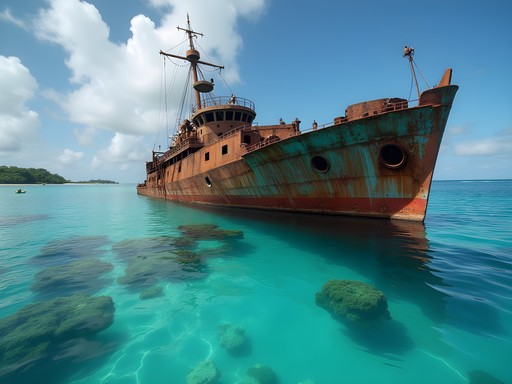
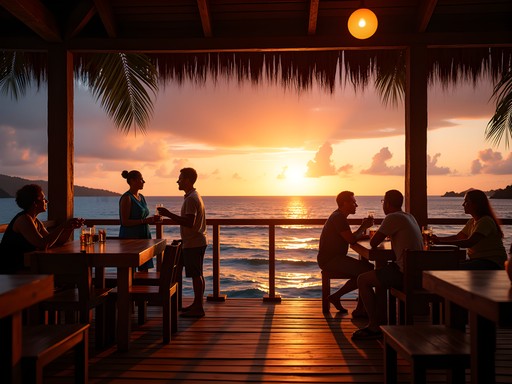
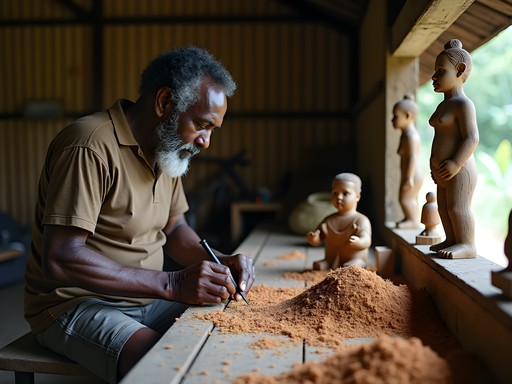


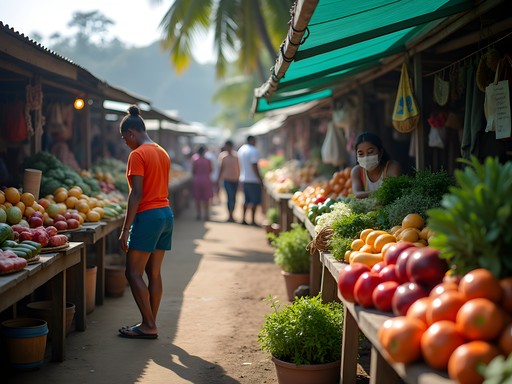
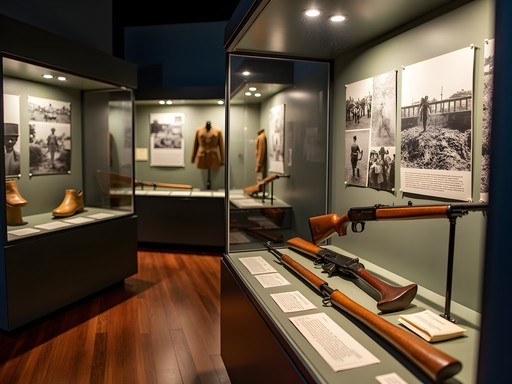

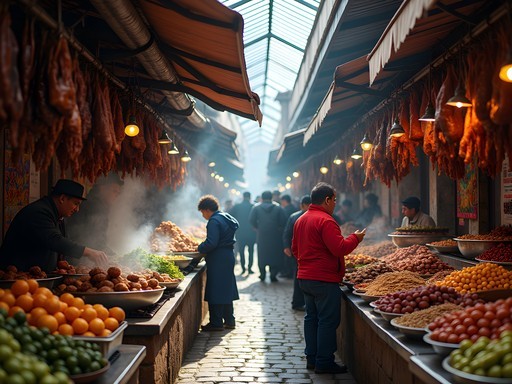

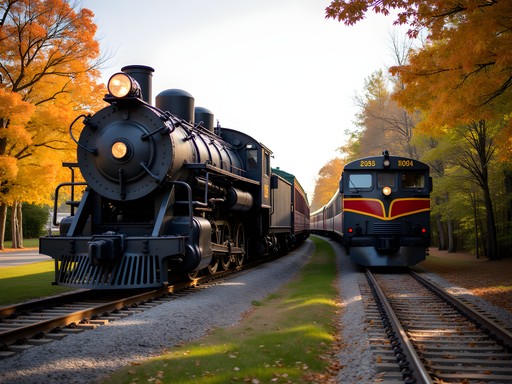

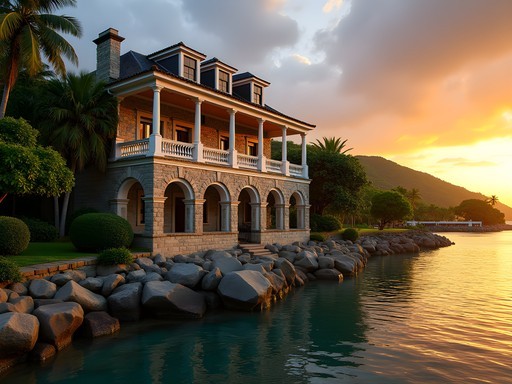
Comments
starninja
OMG I'M GOING NEXT MONTH!!! This couldn't have come at a better time! Definitely hitting up that Art Gallery Café for sunset drinks. Is it easy to get taxis back to hotels after dark? So excited!!
rednomad
I was there in January - taxis are pretty easy to find near popular spots like that café. Just ask the staff to call one if you don't see any waiting. Have an amazing time!
starninja
Thanks for the tip! Can't wait!
backpackmood
If you're at the Central Market, look for the lady with the blue headscarf who sells cassava pudding. Best I had anywhere in the Solomons. She's usually near the east entrance on weekday mornings.
Nova Rice
Gabriella, your insider tips on Honiara are spot on! I'd add that visitors should definitely check out the Heritage Park Hotel's cultural night on Thursdays - they showcase traditional Solomon Islander dance and music that's not mentioned in most guidebooks. Also, for those wanting to visit Tenaru Falls, I found that the local minibuses (while chaotic!) were actually a fantastic way to get around like a local. Just be prepared to squeeze in tight and enjoy the ride! The drivers know exactly where to drop you off for the trail, and it costs a fraction of hiring a taxi.
journeystar
Adding this to my bucket list immediately! Those sunset photos are stunning!
beachfan144
How's the public transportation in Honiara? Is it easy to get to places like Tenaru Falls without renting a car?
backpackmood
Minibuses are cheap and go almost everywhere in town. For Tenaru Falls you'll need a taxi or tour though. Worth the extra cost!
Charlotte Watkins
Gabriella, your post brought back wonderful memories of our family trip to Honiara last December! The Central Market was absolutely a highlight for us too - my teenagers still talk about those coconut puddings with caramel sauce. We found another little gem I didn't see mentioned - Mbonehe Beach about 30 minutes east of the city. Much quieter than the main beaches and the locals showed my kids how to husk coconuts! For anyone planning a visit, I highly recommend bringing a good waterproof dry bag for those boat trips and sudden tropical downpours. Our day trip to Tenaru Falls would have been a disaster without it!
adventurehero
Those underwater photos at Bonegi Beach are incredible! What camera setup did you use for the wreck photos? I've tried underwater photography before but never got results that good.
Gabriella Greene
I used my underwater camera with the marine housing. The visibility at Bonegi is exceptional which definitely helps! If you go, morning snorkeling tends to have better light for photos.
Douglas Bradley
Gabriella, this is a refreshingly authentic take on Honiara. Most coverage of Solomon Islands tends to focus exclusively on the WWII history or resort experiences. Your insights on using local transportation are particularly valuable - I found the minibus system initially confusing during my visit in 2024, but it's truly the best way to experience the city like a local. For anyone planning a visit, I'd add that the National Museum is worth a stop - small but informative, and the staff are walking encyclopedias of Solomon Islands cultural knowledge. Did you happen to venture to any of the outer islands?
Gabriella Greene
Thanks Douglas! I did make it to Savo Island for a day trip - those volcanic hot springs were incredible. Planning a longer trip next year to explore Malaita and Western Province. The museum was definitely a highlight I should have mentioned!
sunnytime
I visited Honiara last year and totally agree about Central Market! Those fresh coconuts were life-changing in that heat. We also found this tiny food stall near the harbor that served the most amazing fish curry I've ever had. The owner told us his grandmother's recipe hasn't changed in 50 years. Did you get a chance to try any kava while you were there?
hikingperson
This is exactly the kind of off-the-beaten-path advice I've been looking for! How safe did you find Honiara for solo travelers? I'm planning a trip there in November and wondering if I should join a tour group or go independent.
Gabriella Greene
I felt quite safe as a solo female traveler, but I did take standard precautions like not walking alone at night. The locals are incredibly friendly and helpful! For first-timers, I'd recommend staying in the main areas and maybe doing a guided tour for the more remote spots like Tenaru Falls.
hikingperson
That's really reassuring, thanks! I'll probably book a few guided tours but explore the markets and cafes on my own.
Venture X
Premium card with 2X miles, $300 travel credit, Priority Pass